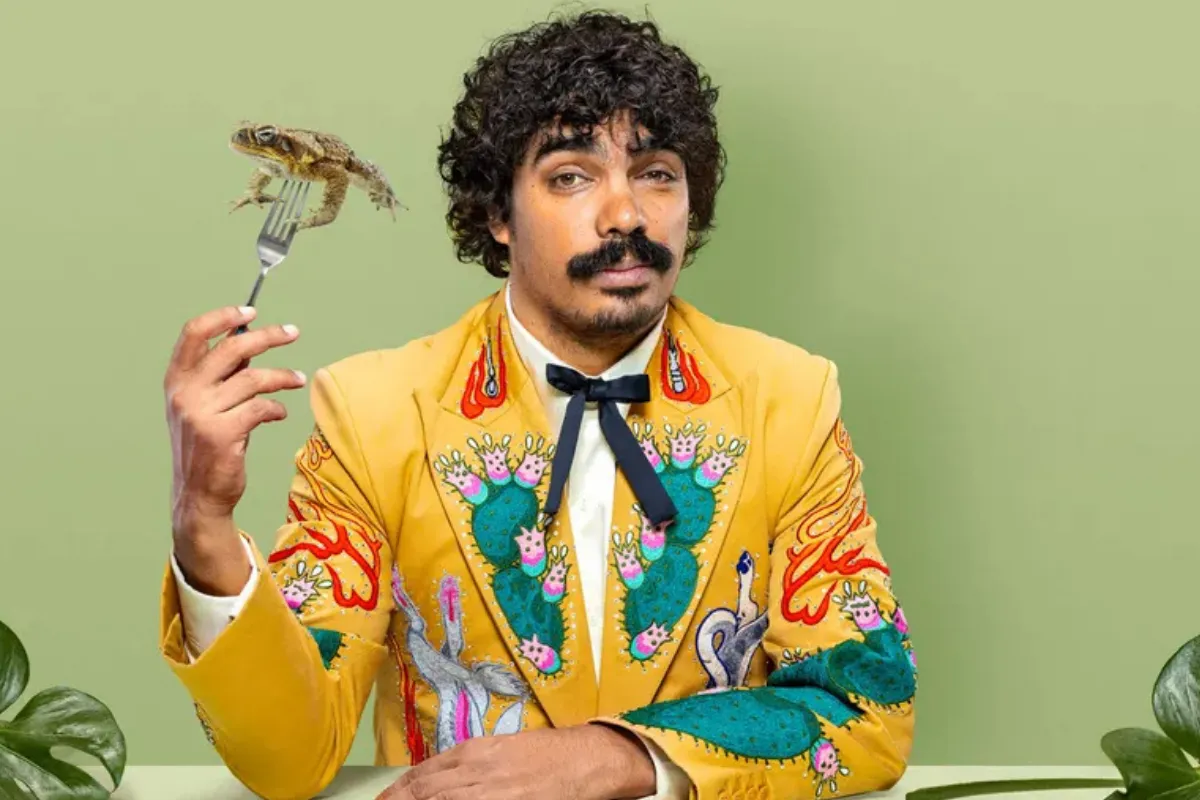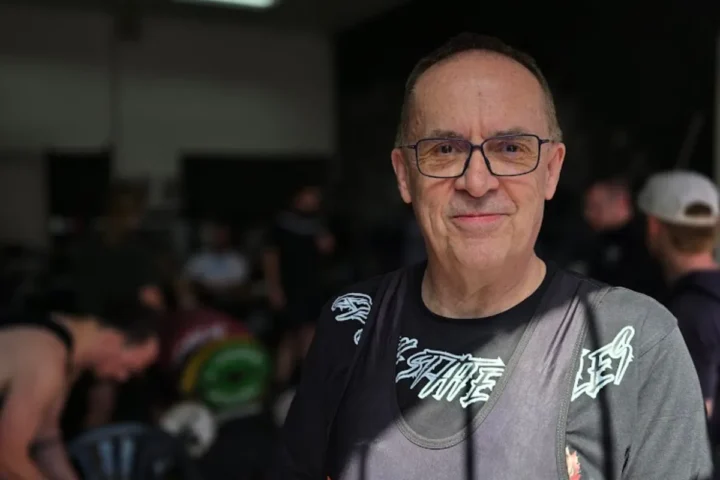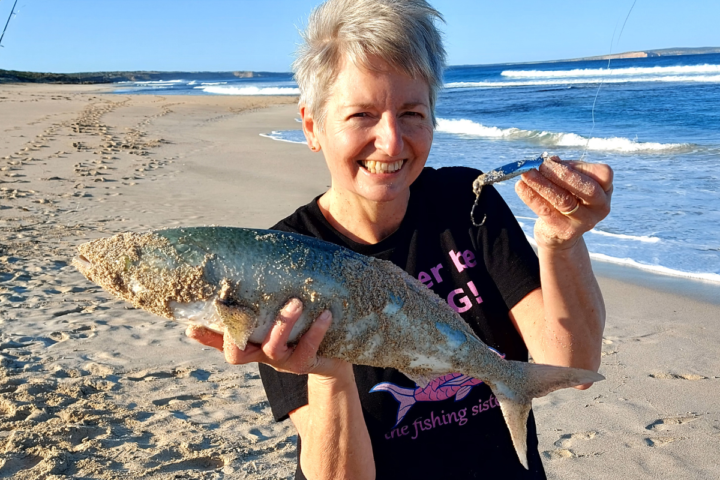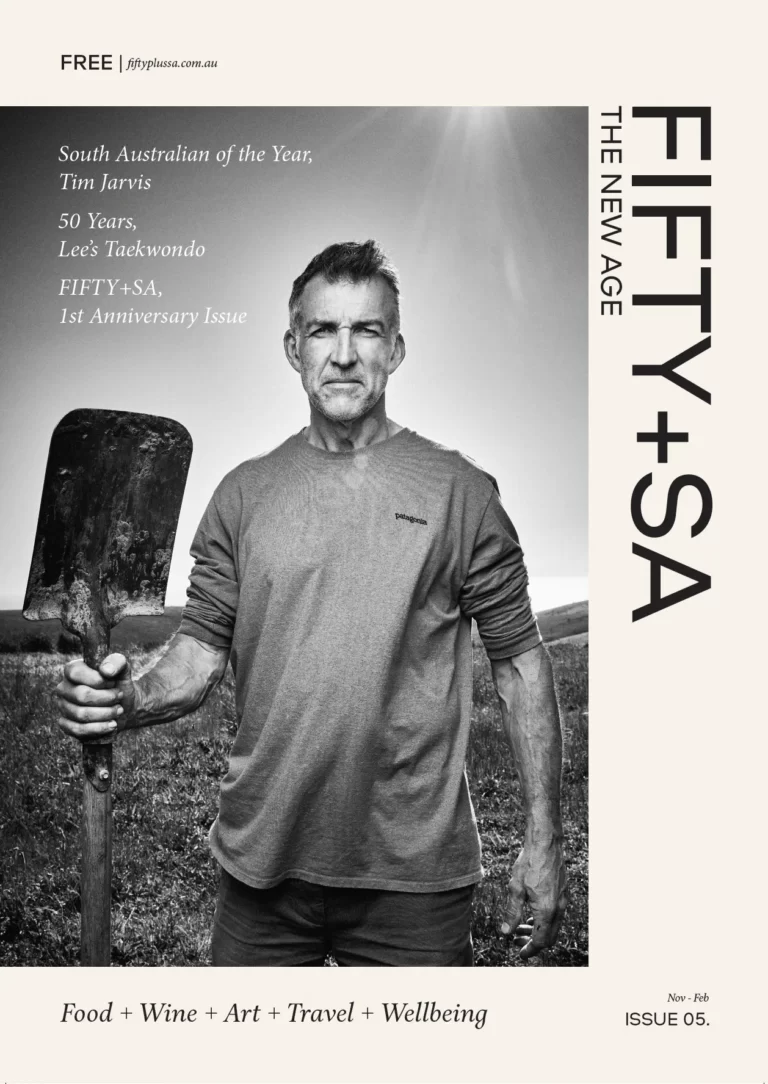By Olivia Williams
From cane toads to camels, pests introduced by colonial settlers have pushed many native plants and animals to the brink of extinction. But what if there was a solution?
What if Australians could turn this ecological crisis into an opportunity, using their dinner plates as a weapon against the invasive species threatening the environment? That’s the premise of Eat The Invaders, a bold new documentary series directed by Award winning South Australian filmmaker Matthew Bate, which premiered this year on ABC TV and iview.
Over six episodes, host Tony Armstrong, along with a team of scientists, land carers, and artist-chef Kirsha Kaechele, explores the possibility of eating invasive species like carp, rabbits, and cane toads as a way of managing the environmental mess left by colonialism.
The show aims to go beyond merely discussing environmental issues by focusing on actionable solutions and encouraging audiences to think differently about their role in addressing these challenges. Inspired by Kaechele’s Eat The Problem project—a book and series of feasts that explored the idea of tackling environmental issues by literally consuming invasive species—the production blends creativity and sustainability to provoke meaningful reflection and engagement.
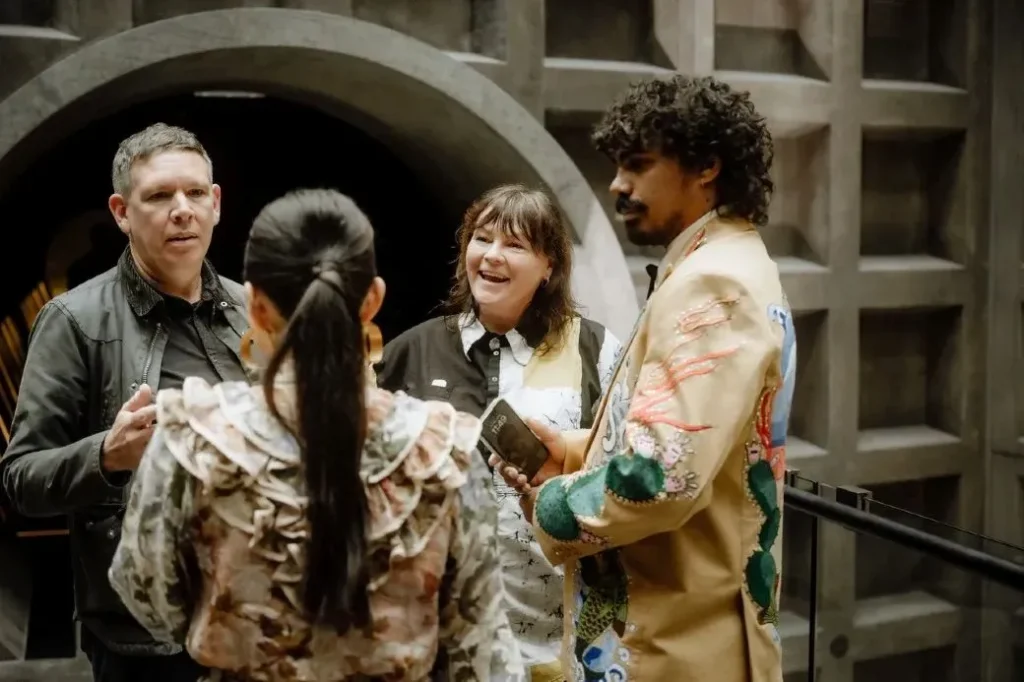
Bate is the first to admit the series is not your typical cooking show. It combines food, science, and environmental activism, all while highlighting a serious issue facing Australia’s biodiversity. “It’s not about glorifying these species as food,” he explains. “It’s about saying, ‘These things are here, they’re damaging our ecosystems, and maybe we need to look at them in a new way.’”
Bate, who has spent years working in the film industry, was inspired by the concept’s potential to spark important conversations about colonialism, environmentalism, and food ethics.
At its heart, I see the show being about the effects of colonialism through the lens of our animals. Invasive mammals, plants, and fish are wreaking havoc on our native biodiversity, causing immense ecological and financial damage.
“I wanted to make a show that could highlight this problem but sneak the eco-message inside the Trojan Horse of this cool- looking ‘cooking show.’”
While the premise might sound bold, it’s precisely this audacious approach that sets Eat The Invaders apart from conventional food programming. Rather than presenting these species as just pests, the show shifts the narrative, turning them into a food source and inviting viewers to reconsider how they might be part of the solution to this ecological crisis.
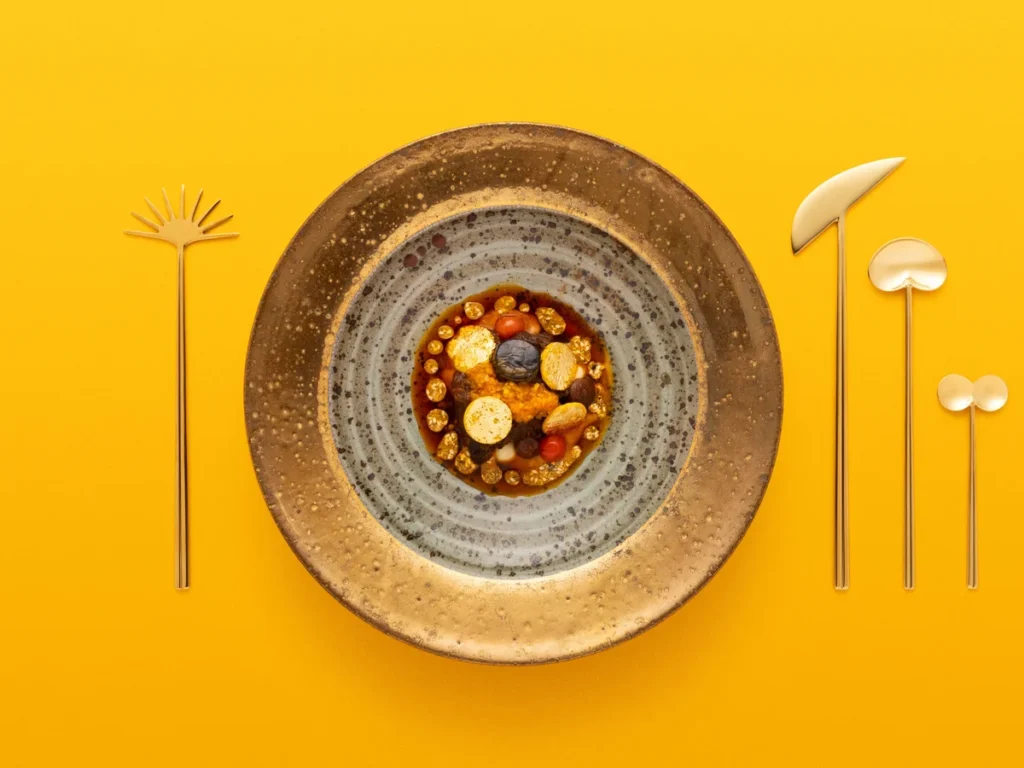
Bate had Tony Armstrong in mind from the very beginning of the project. “I just love him, and I love that Australia loves him,” says Bate. Armstrong brings his charm, wit, and intelligence to the series, making complex topics accessible while keeping things fun. According to Bate, it was crucial for the show to have a First Nations person as the host. “It was important to give their perspective on the effects of invasion. I love the inference that white people (like me) might also be on the menu!”
While the show’s premise might seem shocking to some, it is precisely this bold approach that is generating buzz. As Matt Bate notes, “We did eat camel that had just been culled by a beef farmer in the Gibson Desert. Australia has the biggest feral camel population in the world, and this meat goes to waste because Australians don’t eat camels. We cooked it on the back of a spade, and it was delicious!” The series also brings surprising culinary discoveries and challenging shoots.
One of the most unforgettable moments of the show takes place in the remote community of Kiwirrkurra, in the Gibson Desert. Here, Bate and his team went hunting with Pintupi women who work tirelessly to protect the endangered bilby from the threat of feral cats.
“It was one of the most incredible days of my life,” Bate recalls. “These women are not just environmental warriors; they’re also some of the greatest painters in Australia.”
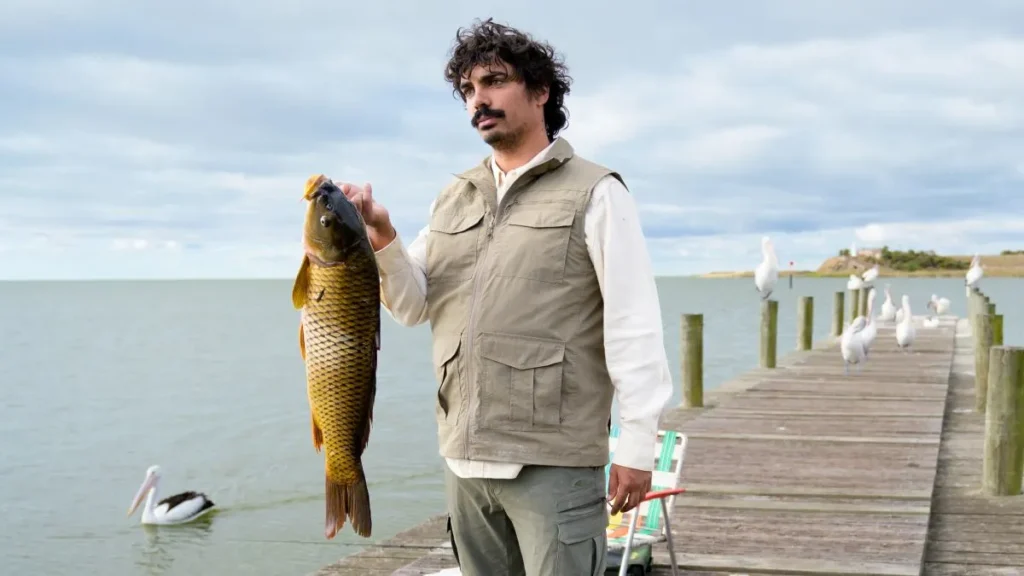
During their time there, Bate purchased a painting from renowned artist Yukultji Napangati, whose work had recently been featured in New York.
But perhaps one of the more provocative moments of the show is the question of whether or not the crew actually ate cat. Matt Bate teases, “Well, I won’t give it away—you’ll have to wait to see the show!” The show never shies away from exploring the complexities surrounding these species and the practical implications of consuming them. “It’s not always possible, and it’s certainly not a silver bullet solution,” Bate acknowledges. “But it is a wonderful way to begin a much-needed conversation.”
As a proud Adelaide native, Bate is thrilled to see the local film industry gaining recognition. Filmed locally, the show highlights the incredible creative talent within South Australia’s screen industry.
South Australia has a lot of untapped creative potential, and projects like this showcase what we’re capable of.
With the SA Film Corporation being the first state agency, he notes the state’s long-standing history of exceptional cinema, citing classics like Sunday Too Far Away, Breaker Morant, and Shine.
“I feel really proud to be part of that ongoing history and to have contributed in a small way.” Reflecting on the industry’s evolution, Bate observes a significant shift over the years. While early on there seemed to be stagnation in younger filmmakers breaking through, he believes the mid-2000s marked a turning point. “Since then, there’s been a new generation of really interesting directors who have made work that has impacted the world stage,” he explains.
He points to his business partner Sophie Hyde, who recently completed a film with Olivia Colman set to premiere at Sundance in 2025, and filmmaker Anthony Maras, currently editing a film starring Brendan Fraser from his home in Walkerville. “And now there’s an even newer generation who are killing it—the RackaRacka brothers who have taken over the world, and we just heard this week that the new SA animated feature Lesbian Space Princess will premiere at the Berlinale. South Australia continues to punch well above its weight in the film sector.”
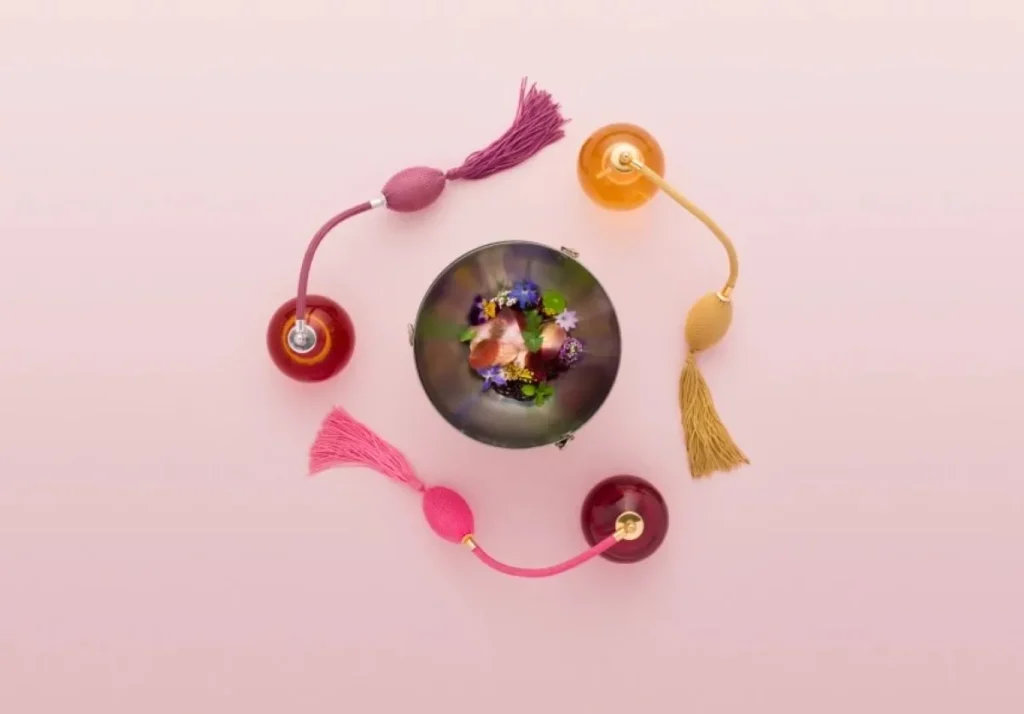
This thriving creative landscape isn’t just confined to film sets and festival premieres—it also spills into the places where inspiration strikes. For Bate, South Australia isn’t just a backdrop for storytelling; it’s a source of it. Whether it’s the industry’s growing momentum or the quiet beauty of its hidden corners, the state continues to fuel his creative spark.
When it comes to hidden gems in South Australia, Bate doesn’t hesitate to share a favourite—though with a touch of caution. “Island Beach on Kangaroo Island. Just don’t tell anyone else,” he jokes. Known for its pristine sands and crystal-clear waters, it’s easy to see why this slice of paradise holds a special place in his heart.
Closer to home, Adelaide’s vibrant hospitality scene provides plenty of creative inspiration. For Bate, the charm lies in simple pleasures. “Sitting with a glass of wine at Hey Jupiter or a pint of stout in the front bar of the Exeter,” he says. These iconic spots in the city’s East End offer the perfect blend of atmosphere, character, and a touch of creative spark. And when it comes to unwinding after a long day, Bate keeps it refreshingly simple: “See above. Also my couch (with wine or stout).”
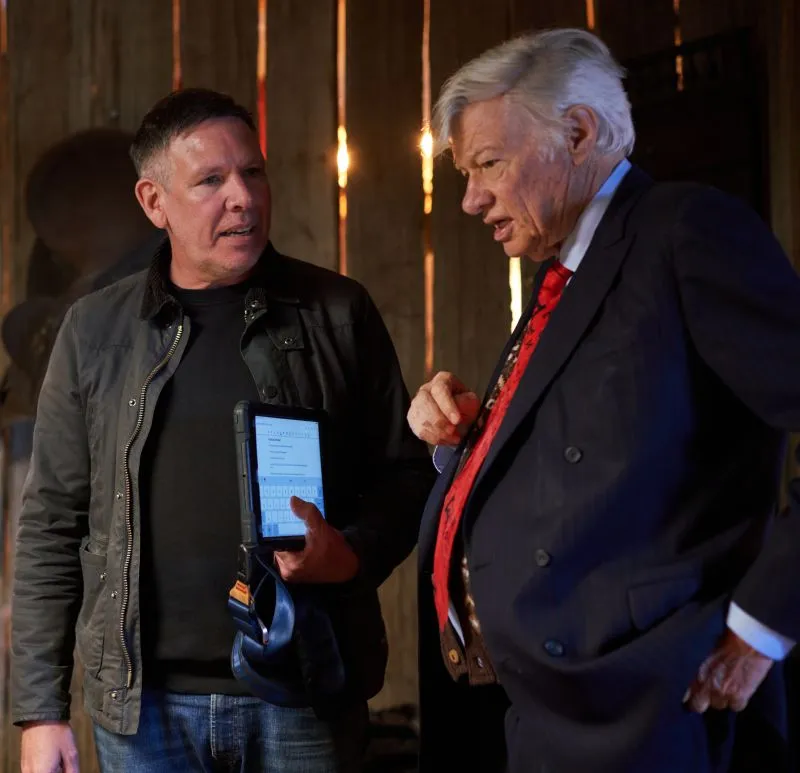
At its core, Eat The Invaders isn’t just a show about food—it’s a bold call to action. Through humour, creativity, and unflinching honesty, Matthew Bate and his team have crafted a series that challenges Australians to reconsider their relationship with the environment, colonial history, and even their dinner plates. Whether it’s through biting into a camel steak cooked on a spade or pondering the fate of feral cats, the series leaves viewers with one undeniable truth: in the face of an ecological crisis, sometimes the most unexpected solutions are also the most impactful.
And if Eat The Invaders sparks even one conversation around the dinner table, it’s a mission well accomplished.
Eat The Invaders is available to stream on ABC iview.

